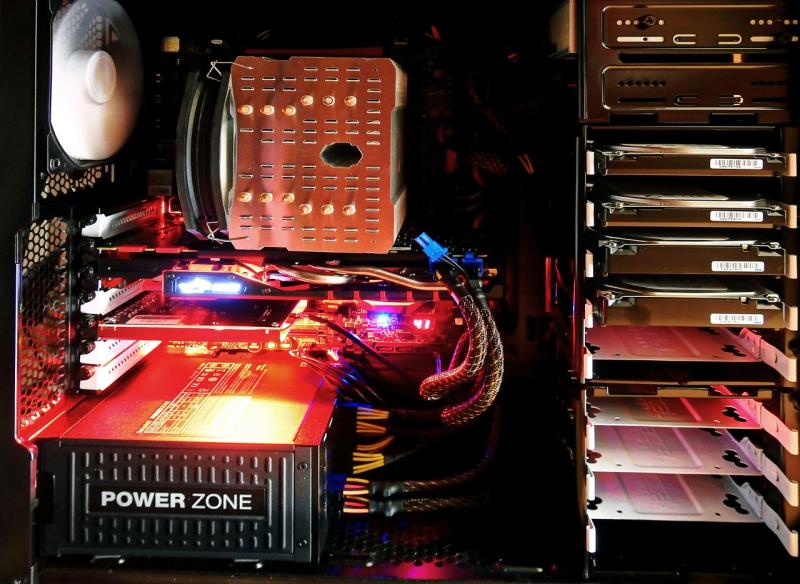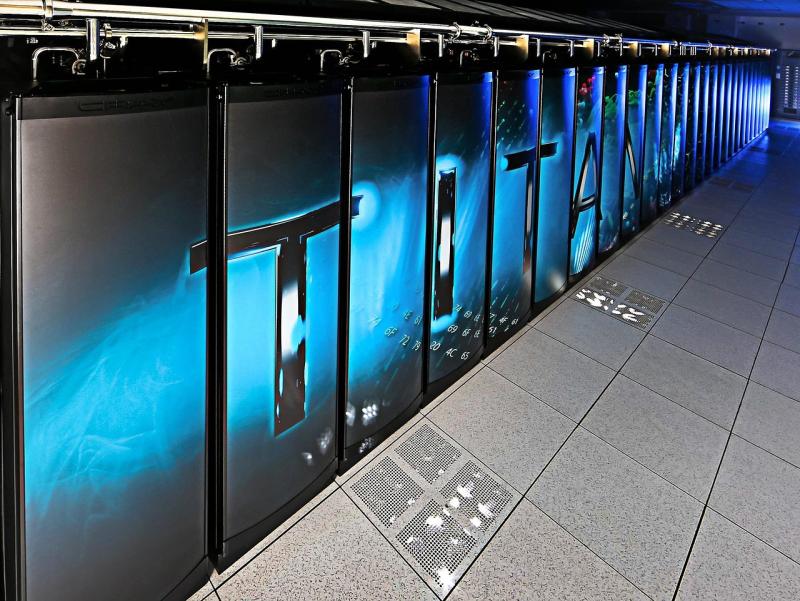The quest to explore the final frontier depends on robotics capable of performing tasks in the harsh and unpredictable environments of outer space. Workstations designed for advanced robotics in space exploration provide the computational power, precision, and adaptability required to design, simulate, and operate robotic systems for interplanetary missions. These systems empower engineers and scientists to push the boundaries of innovation, ensuring robots can support humanity's ambitions in the cosmos.
---
### **Processing Power for Robotic Autonomy**
Space exploration robotics demand high-level autonomy for tasks such as navigation, sampling, and problem-solving in unstructured environments. These workstations are equipped with powerful multi-core processors optimized for AI-based decision-making, real-time control algorithms, and sensor fusion. From operating rover navigation systems on Mars to controlling robotic arms on space stations, these CPUs ensure efficient and responsive operations.
---
### **Advanced GPUs for Simulating Space Conditions**
Simulating the extreme conditions of space is essential for developing robust robotic systems. These workstations feature high-performance GPUs capable of running physics-based simulations for microgravity, radiation exposure, and thermal stress. GPU acceleration enhances the development of virtual environments for testing robotic behaviors, ensuring systems are equipped to handle extraterrestrial challenges.
Visualizing robotic interactions in realistic space conditions helps engineers refine designs and mitigate risks before deployment.
---
### **Ample Memory for Multitasking and Simulations**
Space robotics involves integrating data from multiple subsystems, including vision systems, manipulators, and communication modules. These workstations provide RAM configurations of 128GB or more, ensuring smooth performance during resource-intensive simulations, control testing, and AI model training. This memory capacity is critical for operating multitasking robotic platforms in research and testing environments.
---
### **Storage Solutions for Mission-Critical Data**
Space missions produce vast datasets, such as telemetry, video feeds, and system diagnostics. These workstations combine NVMe SSDs for real-time data processing with high-capacity HDDs or RAID setups for secure storage and analysis of mission-critical information. Efficient storage systems allow researchers to manage large-scale simulations and archive mission data reliably.
---
### **Optimized for Space Robotics Software**
These workstations are designed for compatibility with robotics development tools and simulation environments, such as Gazebo, ROS (Robot Operating System), and Spacecraft Toolkit (STK). GPU-accelerated processing supports robotic vision analysis, motion planning, and autonomous operation testing, enabling comprehensive development workflows.
---
### **Applications in Space Exploration Robotics**
Workstations for advanced space robotics enable innovation across a range of mission-critical applications:
- **Planetary Rovers:** Develop autonomous systems for navigation, terrain mapping, and soil sampling.
- **Orbital Robotics:** Design and simulate robotic arms for space station construction and satellite servicing.
- **Astronaut Assistance:** Create robotic assistants to support astronauts with tasks in microgravity.
- **Lunar Exploration:** Engineer robots capable of extracting resources and conducting experiments on the Moon.
- **Deep Space Missions:** Build autonomous probes and landers for exploring distant planets and asteroids.
These systems empower engineers to solve complex challenges unique to space exploration.
---
### **Reliability for Long-Term Space Projects**
Robotic systems for space exploration must be highly reliable, as missions often span years and occur in remote or inaccessible environments. These workstations are built with industrial-grade components and advanced cooling systems to ensure stable performance during prolonged development cycles. This reliability supports the creation of dependable robotic systems for long-duration missions.
---
### **Scalable for Future Space Innovations**
As space robotics technology advances, these workstations are designed to scale. Modular architectures enable users to upgrade processors, GPUs, and memory to support the next generation of robotic systems and mission requirements.
---
**Shaping Humanity's Journey Beyond Earth**
Workstations for advanced robotics in space exploration provide the foundation for developing intelligent, resilient, and adaptable robotic systems. By combining computational power, precision simulations, and reliable performance, these systems enable engineers to create groundbreaking solutions for extraterrestrial exploration. From navigating Martian terrain to constructing future space habitats, these workstations are key to achieving humanity's boldest ambitions in space.
View our related products
See more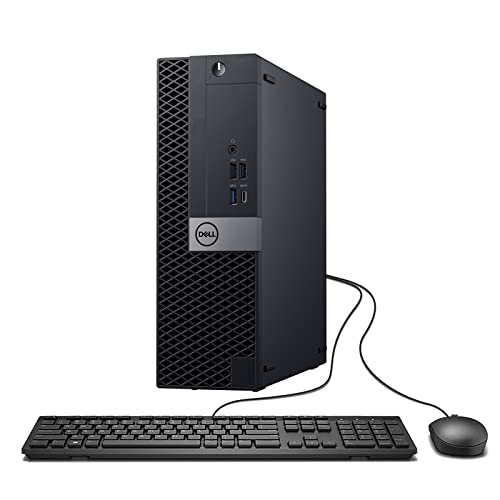
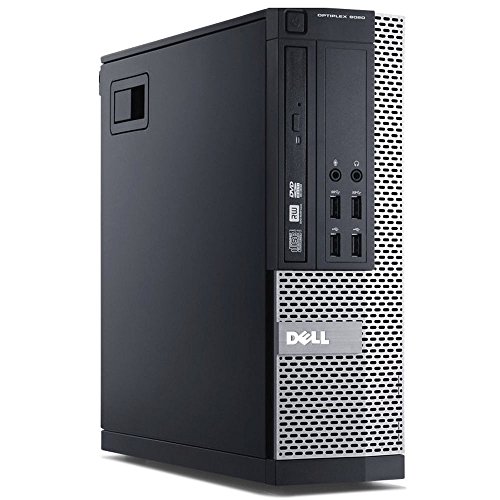
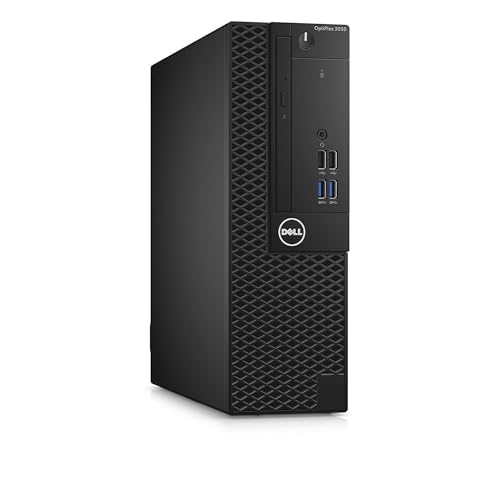
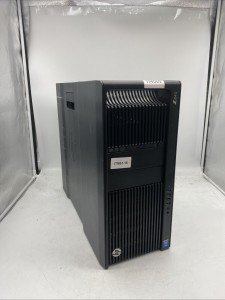
Workstations for Advanced Robotics in Space Exploration
Top Picks for Supercharging Your Space Robotics Projects
Related Articles
Essential High-Performance PC Components You Need Now
Upgrade your setup with the must-have parts for unbeatable gaming and productivity
Top Picks for Best High-Performance PCs
Find the perfect power machine for gaming, work, or creative projects
Your Guide to the Best High-Performance PCs
Find the Right PC for Your Gaming and Creative Needs
View our related products
See more



